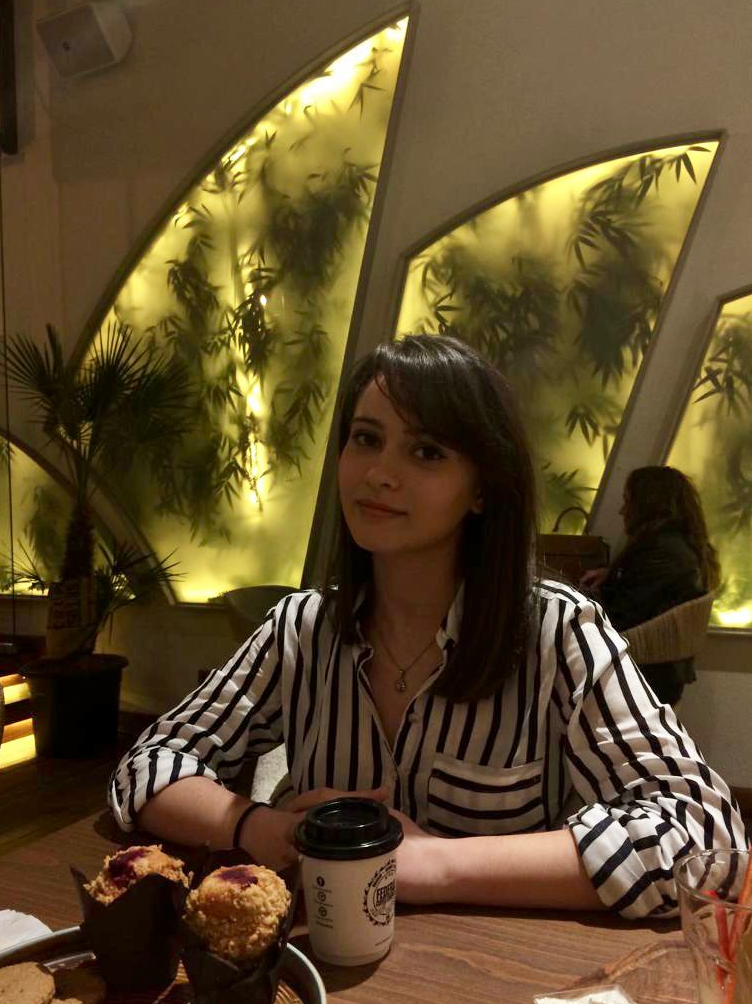
Implementing Computer Vision in Face Detection

Implementing Computer Vision in Face Detection
With the continuous development of technology and science, computer vision is applied in more and more fields. In this way, computer vision technology is advancing at a rapid speed. Over the years, considerable progress has been made in computer vision. As a result, lots of different areas occurred that are using computer vision. In this article, we will explain implementing computer vision in face detection.
Before going into the depths of the article, click here to choose the one that suits your needs among hundreds of AI-based components of Cameralyze, which specializes in computer vision, and create your own application within minutes.
What is Computer Vision?
Computer vision is defined as a field of study that focuses on improving techniques to help computers see and understand the content of digital images. In this way, computer vision helps computers to extract information from images, videos, and other visuals. Then it acts or makes recommendations based on that data. Computers or machines use an array of numbers to extract the data. In the study of computer vision, there are various methods in which computers are able to understand and sense their surroundings. These methods' usage areas are diversified into different fields, and they have different features. For example, object detection. In this field, extracting pixels and running them on machine learning or deep learning techniques are used by the computer. Facial recognition is one of the most common examples of object detection. The other methods are 3D Scene Reconstruction, Image and Video Pre-Processing, Scene Segmentation, and Video and Image Content Indexing.
.png)
Face Detection Algorithm
Face detection and recognition systems or software have an underlying component named as face detection algorithm. These algorithms are divided into two central approaches by experts.
The geometric approach focuses on distinguishing features. The photo-metric statistical methods are used to extract values from an image. Then, the extracted values are compared to patterns to eliminate variances. Also, there are two other general categories which are feature-based and holistic models. In face detection, artificial neural networks are the most popular and successful methods. Mathematical calculations are used in facial detection algorithms. Because neural networks perform an array of numbers of mathematical operations simultaneously, the algorithm performs three main tasks; detect faces in an image, video, or real-time stream; calculate a mathematical modal of a face; compare models to training sets or databases to identify or verify a person.
Face Detection Implementation
When implementing computer vision in face detection, specialists train specific neural networks to detect human face landmarks and separate faces from other objects in an image. As landmarks, they use universal human facial features. For example, eyes, mouth, nose, etc. Convolutional Neural Network(CNN) is one of the breakthroughs of artificial neural networks(ANN) and AI development. It is one of the most popular algorithms. CNN work by breaking an image down into smaller groups of pixels called a filter. Each filter is a matrix of pixels. In the OpenCV method, first, the image acquisition section is completed. After that, they train the computer. Finally, face detection is first performed to determine the location of the face in the picture. This part is important for performing the face detection function.
.png)
Importance of Computer Vision and Facial Detection
In face detection and face recognition applications, computer vision plays a significant role. Face recognition is the technology that allows computers and machines to match images containing people's faces and their identities. In this section, computer vision algorithms detect facial features in images. After that, they compare them in various databases.
Computer vision technology plays an important role in; self-driving cars, 3D printing and image capture used in films, architectural structures, shape and motion capture for special effects, finding missing people using iris patterns to identify, scanners that recognize and identify text in any document, object recognition, medical imaging for healthcare, etc. In all of these fields in which computer vision is used, it is easy to affirm this technology is one of the most supporting technologies.
In some applications and systems, computer vision and facial detection technologies are used together. For example, in agriculture, they are used for crop observation, plant surveillance, and insect detection. In health services, they are used for detecting cancer and tumors, mapping progressions for diseases, and rehabilitation. They are also used for detecting traffic signs, classifying vehicles, ensuring safety, preventing theft, tracking people, and counting.
How to Use the Face Detection System with Cameralyze
Conclusion
In conclusion, computer vision is a convenient technology for this age to use. In collaboration, computer vision and face detection are going to be able to extract information that goes beyond what the human eye can. This is why these kinds of technologies are needed. As you can see, computer vision really helps to make life easier and is a major technology that can transform the future of automation. This technology opens new areas of development and helps to create new industries. Using Face detection technology in these areas and more is also possible with Cameralyze. Cameralyze offers no-code user-oriented face detection applications with superior performance and high privacy. Start the free now!







